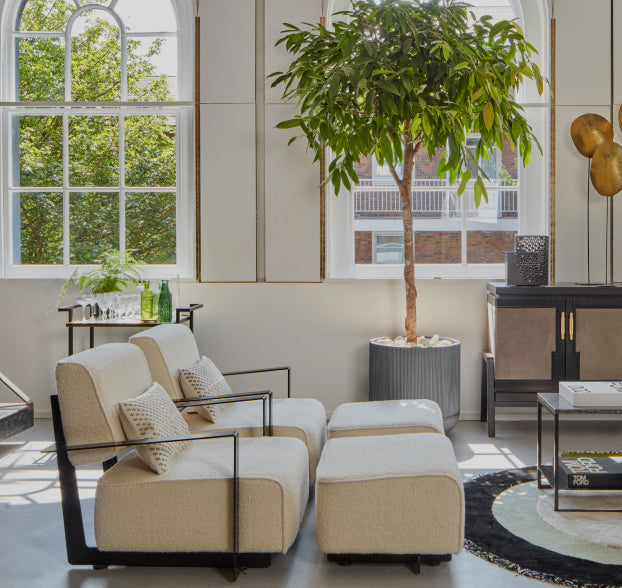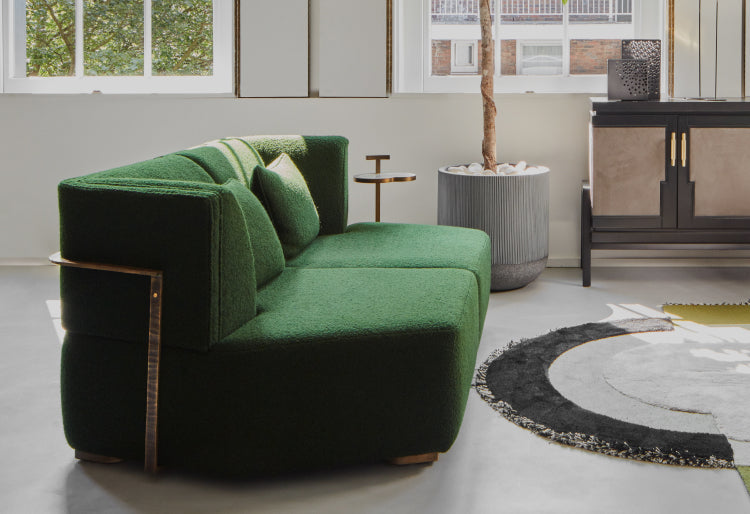Bespoke ·
Casa Botelho ·
Category_Design ·
Designer ·
Designs ·
Furniture ·
Furniture designer ·
home decor ·
Home Decoration ·
Homes ·
Inspiration ·
Insta homes ·
Interior Design ·
Interior4all ·
interiores ·
luxury designs ·
luxury homes ·
Masculine Glamour ·
Moody Interiors ·
My Mood Board Recipe
If you are embarking on an interior design journey you have some exciting times ahead of you. One of the most important and inspiring parts of this process is to create the concept design and put together mood boards by gathering information, pictures and materials from different sources and places.
The best source and one that I recommend immensely is Pinterest. It is fun, easy to manage and creates boards for different rooms; a one stop shopping where you can find inspirations and products from all around the world.
Mood boards can be time consuming but if you are passionate about your project and interiors you have to take it seriously.
Below are some tips for you to construct an effective mood board.
|
While collating data think about your travels and places you have been. I draw my inspiration from hotels and restaurants I have visited, the food I ate, the cultures I encountered, the work of others, the beauty of nature, the elements, my childhood and the people I know. As Donna Karan says, the inspiration is the inhale; you breathe in the beauty, the richness, the culture. The design is the exhale; the real life translation into pieces you want in your life and home. | Take time to learn about the elements of design and its core system. Study carefully what you need to consider when building up your concept. The design elements are the space you have, the shape of the room, the colours you want to play with, the natural and artificial light, the textures you touch and feel and the patterns you want to combine with other elements. First you must understand the dimensions of the floor space in a room and decide how the space should feel. To accomplish that you have to consider the entire volume of space that you have to work with. There are plenty of techniques for creating illusions in a space that visually make it appear either larger or smaller. Do you want it bright or moody? Will it be light and airy, and cosy and comfortable? | Observe the shape of each room, they are made by connecting lines to an enclosed space. In order to develop a functional design, you must consider the floors, ceilings, walls and evaluate how you can transform the room to your liking, reflecting also on your furniture and fixtures. Note the height of a door and ceiling, the size of windows, the thickness and materials of the walls, and the cornice, skirting boards and architraves. Colour is the most favourable of the elements and can completely change the character and feeling of a space. Don’t be afraid to use colour and be confident with of your choices. Colour can alter the perceived shape, size and the locations of an object. Do you want moody or seductive or calm and modern? Do you want dark and sexy or light and beige? Colour can affect your mood so invest time picking colours that makes you happy. I am obsessed with grey in all kind of tones and I can’t recommend it more. Grey is so beautiful to work with and blends with all accent/pop colours. Is there anything more comforting and sensuous than grey? | Natural and artificial light must be considered carefully for every room. Observe how the day light works and affect the space. Think up-lights, downlights, floor lights, chandeliers, pendants and wall lights. Each kind adds layers to your concept and magical pulls of lighting that are moody and mysterious. You know I have an addition to light and one that seems to be growing. You can never have enough light so double it if you can. Don’t forget to add sleek looking dimmers everywhere. I am totally obsessed with the Buster and Punch range! | Texture and patterns can tell you if a feel is strict or industrial, classic or quirky, rustic and relaxed or urbane and sophisticated. Observe how they relate and complement each other. Textures and patterns are visual as well as sensory, and they exude a luxe feeling. Intricate and fun patterns help you to create a 2D quality in surfaces. I love using marble, wall paper, brick slip, wall panelling and different types of plasters like Tadelakt. Pick rich fabrics, sensual rugs and fun cushions which helps you tell your story. Don’t be afraid of mixing different metals in the same room! Brass with bronze as well as steel. Subtle enough to mix together they look great against black and just about any other colour. | To complete your journey, you introduce furniture, fixtures and fittings ensuring each piece complement your elements’ choices, dress the room and address your needs. Have plenty of side petite tables and accessorise each area with cool objects and beautiful art or black and white photography. É VOILA!!! | The challenge is how to balance creativity and design with practicality and comfort. Use your intuition and listen to the home language. The recipe is simple, start with the space, line and shape, play with colours and light, wrap with textures and patterns and finish off with furniture, fixtures and fittings. And always remember; everything has beauty, you just need to look up and around you, and breath it in. The journey continues... |





